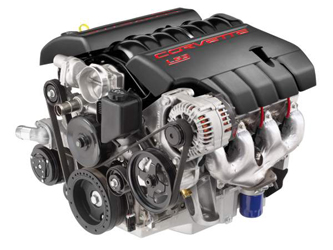U0979 Engine Trouble Code
Meaning of U0979 engine trouble code is a kind of network trouble code and theoretically you can drive for a few weeks or even months with a broken MAF sensor. You will notice a decrease in gas mileage and over time the car will eventually start stalling a lot. At a shop, the replacement cost is between $240-$400 depending on the car, but that's usually the cost of parts because the labor is relatively simple.
U0979 Fault Symptoms :
|
If one of these reasons for U0979 code is occuring now you should check U0979 repair processes.
Now don't ask yourself; What should you do with U0979 code ? The solution is here : |
U0979 Possible Solution:

|
Disconnected, dirty or fouled spark plugs are common causes for engines that won't start. Spark plugs typically need to be replaced every season or 25 hours of use. You should also check that the spark plug gap is set properly. If your spark plugs look good, problems with your ignition system can also preventing a spark. These can range from a faulty spark plug lead, shorted kill switch or flywheel key damage. |
U0979 Code Meaning :
| U | 0 | 9 | 7 | 9 |
|---|---|---|---|---|
| OBD-II Diagnostic Network (U) Trouble Code For Engine | Intake Valve Control Solenoid Circuit Low | Injector Circuit Malfunction - Cylinders | Cylinder 10 Contribution/balance Fault | Reverse Input Circuit |
The poor running symptoms are consistent with a MAP sensor malfunction. In addition, in some cases, a bad MAP sensor will not throw a code. Again, the ELD code likely represents a separate wiring issue.
U0979 OBD-II Diagnostic Network (U) Trouble Code DescriptionU0979 engine trouble code is about Reverse Input Circuit.Main reason For U0979 CodeThe reason of U0979 OBD-II Engine Trouble Code is Injector Circuit Malfunction - Cylinders. |
U0979 DTCs may also be triggered by faults earlier down the line. For example, a dirty MAF sensor might be causing the car to overcompensate in its fuel-trim adjustments. As a result, oxygen sensors are likely to report fuel mixture problems.

